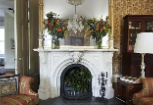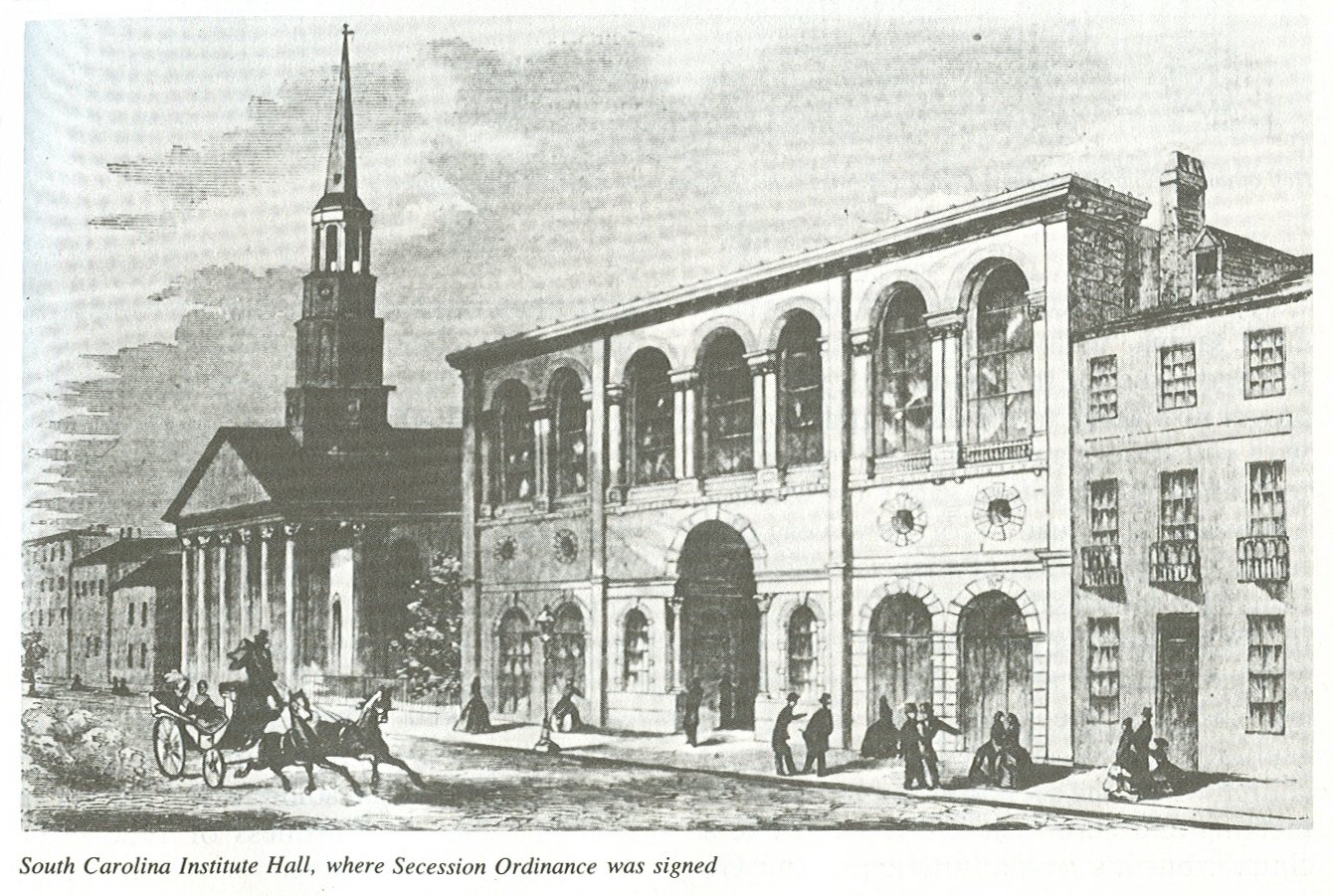





MEETING STREET
Meeting Street is a principal street on our Charleston Overview and Lost Charleston Tours.
Meeting Street was one of the original "great streets" of the new Charles Town colony, laid out according to the Grande Modell created around 1672 by Anthony Ashley Cooper, Lord Shaftsbury, and his secretary, British philosopher John Locke. It takes its name from the fact that the White Meeting House of the Independents or Congregationalists, the non-Anglican dissenters of the colony, was located on this street where today's Circular Congregational Church stands. At that time, Catholics and Anglicans went to "church," while dissenters went to "meetings."
The street was first referred to as "The Great Street that Runneth from Ashley River to the Market." It is one of the most interesting and historic streets in the city.
Also see:
1 Meeting Street, George Robertson House, c. 1846
2 Meeting Street, Carrington-Carr House, c. 1892
3 Meeting Street, Dependency of the George Robertson House, c. 1846
115 Meeting Street, Mills House Hotel, c. 1853, rebuilt 1968
134 Meeting Street, Site of the S.C. Institute Hall, destroyed 1861
200 Meeting Street, site of the Charleston Hotel, destroyed 1960
290 Meeting Street, site of the Gabriel Manigault House, demolished 1929








